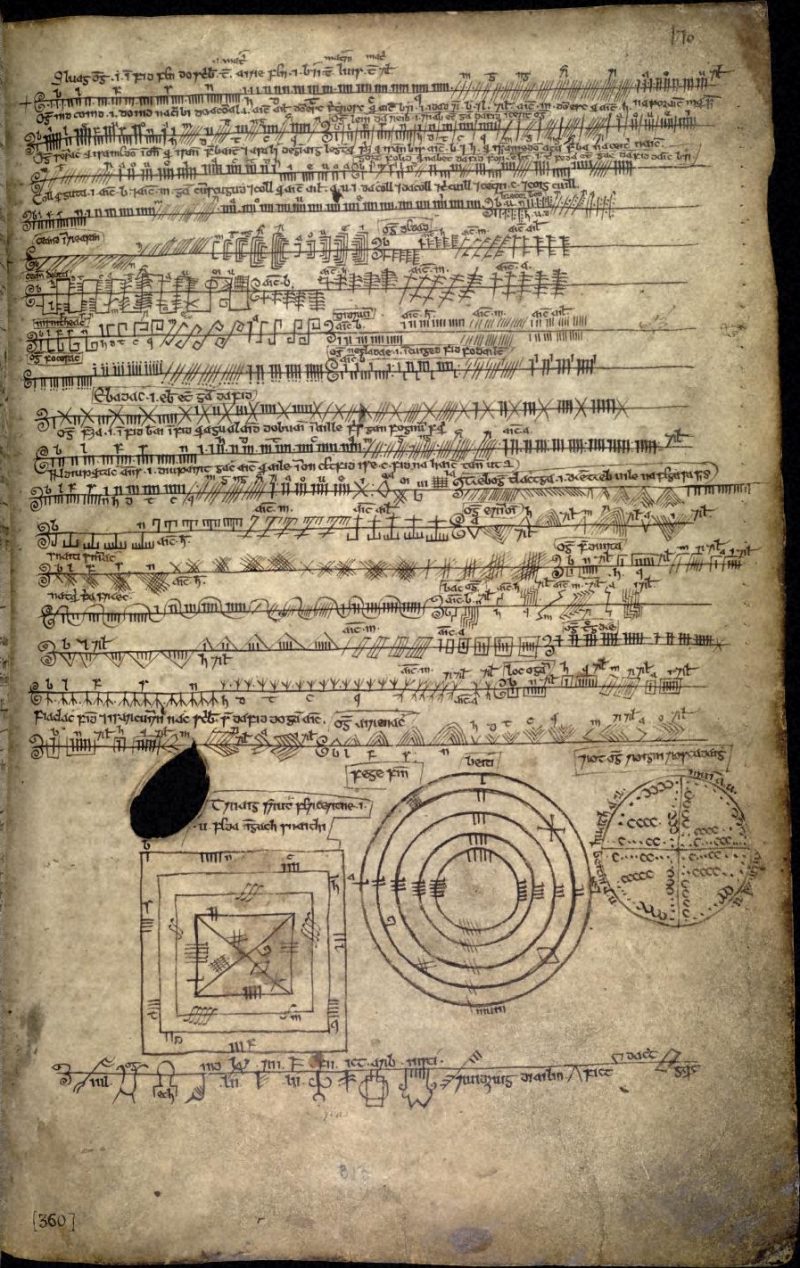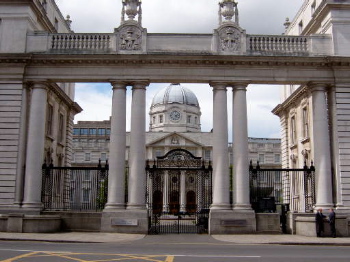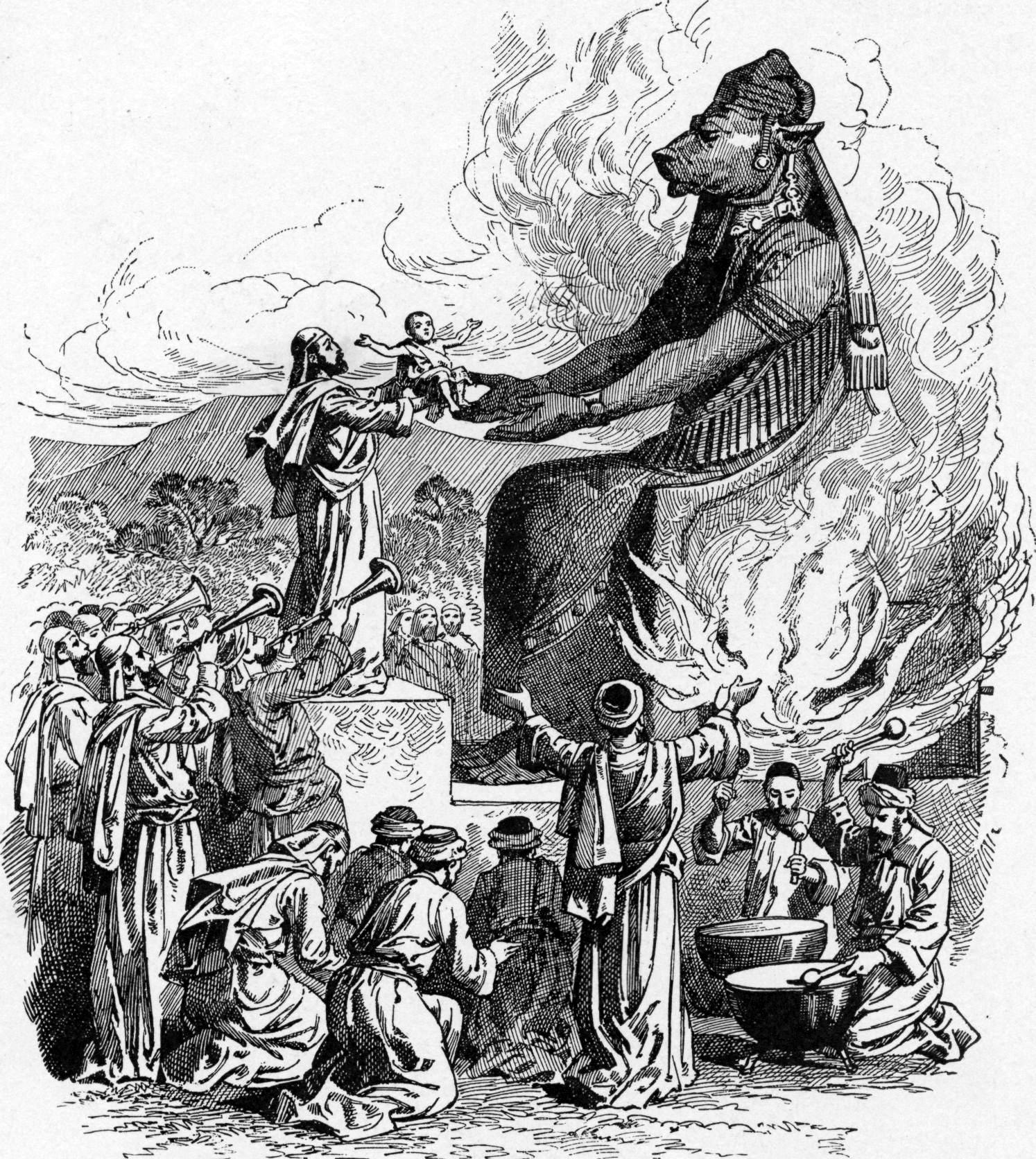|
R. A. Stewart Macalister
Robert Alexander Stewart Macalister (8 July 1870 – 26 April 1950) was an Irish archaeologist. Biography Macalister was born in Dublin, Ireland, the son of Alexander Macalister, then Professor of Zoology, University of Dublin. His father was appointed professor of anatomy at Cambridge University in 1883, and he was educated at The Perse School, and then studied at Cambridge University. Although his earliest interest was in the archaeology of Ireland, he soon developed a strong interest in biblical archaeology. Along with Frederick J. Bliss, he excavated several towns in the Shephelah region of Ottoman Palestine from 1898 to 1900. Using advances in stratigraphy building on the work of Flinders Petrie, they developed a chronology for the region using ceramic typology. Upon Bliss' retirement, Macalister became director of excavations for the Palestine Exploration Fund (PEF) in 1901. From 1902 to 1909 he was responsible for the excavations at Gezer, in the modern state of ... [...More Info...] [...Related Items...] OR: [Wikipedia] [Google] [Baidu] |
Dublin
Dublin is the capital and largest city of Republic of Ireland, Ireland. Situated on Dublin Bay at the mouth of the River Liffey, it is in the Provinces of Ireland, province of Leinster, and is bordered on the south by the Dublin Mountains, part of the Wicklow Mountains range. Dublin is the largest city by population on the island of Ireland; at the 2022 census of Ireland, 2022 census, the city council area had a population of 592,713, while the city including suburbs had a population of 1,263,219, County Dublin had a population of 1,501,500. Various definitions of a metropolitan Greater Dublin Area exist. A settlement was established in the area by the Gaels during or before the 7th century, followed by the Vikings. As the Kingdom of Dublin grew, it became Ireland's principal settlement by the 12th century Anglo-Norman invasion of Ireland. The city expanded rapidly from the 17th century and was briefly the second largest in the British Empire and sixth largest in Western Europ ... [...More Info...] [...Related Items...] OR: [Wikipedia] [Google] [Baidu] |
Israel
Israel, officially the State of Israel, is a country in West Asia. It Borders of Israel, shares borders with Lebanon to the north, Syria to the north-east, Jordan to the east, Egypt to the south-west, and the Mediterranean Sea to the west. Israeli-occupied territories, It occupies the Occupied Palestinian territories, Palestinian territories of the West Bank in the east and the Gaza Strip in the south-west. Israel also has a small coastline on the Red Sea at its southernmost point, and part of the Dead Sea lies along its eastern border. Status of Jerusalem, Its proclaimed capital is Jerusalem, while Tel Aviv is the country's Gush Dan, largest urban area and Economy of Israel, economic center. Israel is located in a region known as the Land of Israel, synonymous with the Palestine (region), Palestine region, the Holy Land, and Canaan. In antiquity, it was home to the Canaanite civilisation followed by the History of ancient Israel and Judah, kingdoms of Israel and Judah. Situate ... [...More Info...] [...Related Items...] OR: [Wikipedia] [Google] [Baidu] |
Lebor Gabála Érenn
''Lebor Gabála Érenn'' (literally "The Book of Ireland's Taking"; Modern Irish spelling: ''Leabhar Gabhála Éireann'', known in English as ''The Book of Invasions'') is a collection of poems and prose narratives in the Irish language intended to be a history of Ireland and the Irish from the creation of the world to the Middle Ages. There are a number of versions, the earliest of which was compiled by an anonymous writer in the 11th century. It synthesised narratives that had been developing over the foregoing centuries. The ''Lebor Gabála'' tells of Ireland being "taken" (settled) by six groups of people: the people of Cessair, the people of Partholón, the people of Nemed, the Fir Bolg, the Tuatha Dé Danann, and the Milesians. The first four groups are wiped out or forced to abandon the island; the fifth group represents Ireland's pagan gods, while the final group represents the Irish people (the Gaels). The ''Lebor Gabála'' was highly influential and was largely ... [...More Info...] [...Related Items...] OR: [Wikipedia] [Google] [Baidu] |
Ascension Parish Burial Ground, Cambridge
The Ascension Parish Burial Ground, formerly known as the burial ground for the Parish (Church of England), parish of St Giles' Church, Cambridge, St Giles and St Peter's Church, Cambridge, St Peter's, is a cemetery off Huntingdon Road in Cambridge, England. Many notable University of Cambridge academics are buried there, including three Nobel Prize winners. Although a Church of England site, the cemetery includes the graves of many Nonconformist (Protestantism), non-conformists, reflecting the demographics of the parish in the 19th and 20th centuries, which covered much of West Cambridge. It was established in 1857 while the city of Cambridge was undergoing rapid expansion, although the first burial was not until 1869. It covers one and a half acres and contains 1,500 graves with 2,500 burials. Originally surrounded by open fields, it is now bounded by trees and the gardens of detached houses, and is a designated city wildlife site. In 2020 it was formally closed to new burial ... [...More Info...] [...Related Items...] OR: [Wikipedia] [Google] [Baidu] |
Royal Society Of Antiquaries Of Ireland
The Royal Society of Antiquaries of Ireland is an Irish learned society whose aims are "to preserve, examine and illustrate all ancient monuments and memorials of the arts, manners and customs of the past, as connected with the antiquities, language, literature and history of Ireland". Founded in 1849, it has a countrywide membership from all four provinces of Ireland. Anyone subscribing to the aims of the Society, subject to approval by Council, may be elected to membership. Current and past members have included historians, archaeologists, and linguists, but the Society firmly believes in the importance of encouraging an informed general public, and many members are non-professionals. After the Society's move to Dublin in the 1890s, it eventually came to occupy the premises on Merrion Square, where it is still located It now fulfills its original aims through the maintenance of its library and provision of lectures and excursions, as well as the continued publication of its J ... [...More Info...] [...Related Items...] OR: [Wikipedia] [Google] [Baidu] |
Royal Irish Academy
The Royal Irish Academy (RIA; ), based in Dublin, is an academic body that promotes study in the natural sciences, arts, literature, and social sciences. It is Ireland's premier List of Irish learned societies, learned society and one of its leading cultural institution, cultural and academic institutions. The academy was established in 1785 and granted a royal charter by King George III in 1786. the RIA has 600 members, with regular members being Irish residents elected in recognition of their academic achievements, and honorary members similarly qualified but usually based abroad; a small number of members are also elected in recognition of non-academic contributions to the Irish society. All members are entitled to use the honorific title MRIA with their names. Until the late 19th century the Royal Irish Academy was the owner of the main national collection of Irish antiquities. It presented its collection of archaeological artefacts and similar items, which included such ... [...More Info...] [...Related Items...] OR: [Wikipedia] [Google] [Baidu] |
Ogham
Ogham (also ogam and ogom, , Modern Irish: ; , later ) is an Early Medieval alphabet used primarily to write the early Irish language (in the "orthodox" inscriptions, 4th to 6th centuries AD), and later the Old Irish language ( scholastic ogham, 6th to 9th centuries). There are roughly 400 surviving orthodox inscriptions on stone monuments throughout Ireland and western Britain, the bulk of which are in southern areas of the Irish province of Munster. The Munster counties of Cork and Kerry contain 60% of all Irish ogham stones. The largest number outside Ireland are in Pembrokeshire, Wales. The inscriptions usually consist of personal names written in a set formula. Many of the High Medieval '' Bríatharogaim'' (kennings for the ogham letters) are understood to reference various trees and plants. This interpretation was popularized by Robert Graves in his book '' The White Goddess''; for this reason, Ogham is sometimes known as the Celtic tree alphabet. The etymology of ... [...More Info...] [...Related Items...] OR: [Wikipedia] [Google] [Baidu] |
Hill Of Tara
The Hill of Tara ( or ) is a hill and ancient ceremonial and burial site near Skryne in County Meath, Ireland. Tradition identifies the hill as the inauguration place and seat of the High Kings of Ireland; it also appears in Irish mythology. Tara consists of numerous monuments and earthworks—dating from the Neolithic Ireland, Neolithic to the Iron Age Ireland, Iron Age—including a passage tomb (the "Mound of the Hostages"), Tumulus, burial mounds, Enclosure (archaeology), round enclosures, a standing stone (believed to be the ''Lia Fáil'' or "Stone of Destiny"), and a ceremonial Avenue (archaeology), avenue. There is also a church and graveyard on the hill. Tara forms part of a larger ancient landscape and Tara itself is a protected National monument (Ireland), national monument under the care of the Office of Public Works, an agency of the Government of Ireland, Irish Government. Name The name ''Tara'' is an anglicization of the Irish name or ('hill of Tara'). It is al ... [...More Info...] [...Related Items...] OR: [Wikipedia] [Google] [Baidu] |
University College Dublin
University College Dublin (), commonly referred to as UCD, is a public research university in Dublin, Ireland, and a collegiate university, member institution of the National University of Ireland. With 38,417 students, it is Ireland's largest university. UCD originates in a body founded in 1854, which opened as the Catholic University of Ireland on the feast of Saint Malachy, St. Malachy with John Henry Newman as its first rector; it re-formed in 1880 and chartered in its own right in 1908. The Universities Act, 1997 renamed the constituent university as the "National University of Ireland, Dublin", and a ministerial order of 1998 renamed the institution as "University College Dublin – National University of Ireland, Dublin". Originally located at St Stephen's Green and National Concert Hall, Earlsfort terrace in Dublin's city centre, all faculties later relocated to a campus at Belfield, Dublin, Belfield, six kilometres to the south of the city centre. In 1991, it purchas ... [...More Info...] [...Related Items...] OR: [Wikipedia] [Google] [Baidu] |
Celtic Studies
Celtic studies or Celtology is the academic discipline occupied with the study of any sort of cultural output relating to the Celts, Celtic-speaking peoples (i.e. speakers of Celtic languages). This ranges from linguistics, literature and art history, archaeology and history, the focus lying on the study of the various Celtic languages, living and extinct.Wiley, "Celtic studies, early history of the field" (2006). The primary areas of focus are the six Celtic languages currently in use: Irish language, Irish, Scottish Gaelic, Manx language, Manx, Welsh language, Welsh, Cornish language, Cornish, and Breton language, Breton. As a university subject, it is taught at a number of universities, most of them in Ireland, the United Kingdom, or France, but also in the United States, Canada, Australia, Germany, Poland, Austria and the Netherlands. History Written studies of the Celts, their cultures, and their languages go back to classical antiquity, classical Greek and Latin accounts, ... [...More Info...] [...Related Items...] OR: [Wikipedia] [Google] [Baidu] |
Amorites
The Amorites () were an ancient Northwest Semitic languages, Northwest Semitic-speaking Bronze Age people from the Levant. Initially appearing in Sumerian records c. 2500 BC, they expanded and ruled most of the Levant, Mesopotamia and parts of Egypt from the 21st century BC to the late 17th century BC. The Amorites established several prominent city-states in various locations, such as Isin, Kurda, Larsa, Mari, Syria, Mari, and Ebla, and later founded Babylon and the Old Babylonian Empire. They also founded the Fourteenth Dynasty of Egypt during the fragmented era of the Second Intermediate Period of Egypt, Second Intermediate Period in the Nile Delta, which was characterized by rulers bearing Amorite names such as Yakbim Sekhaenre, and were likely part of the later Hyksos. The term in Akkadian and Sumerian texts refers to the Amorites, Amurru (god), their principal deity, and Amurru kingdom, an Amorite kingdom. The Amorites are mentioned in the Hebrew Bible as inhabitants of Ca ... [...More Info...] [...Related Items...] OR: [Wikipedia] [Google] [Baidu] |
Child Sacrifice
Child sacrifice is the ritualistic killing of children in order to please or appease a deity, supernatural beings, or sacred social order, tribal, group or national loyalties in order to achieve a desired result. As such, it is a form of human sacrifice. Child sacrifice is thought to be an extreme extension of the idea that the more important the object of sacrifice, the more devout the person rendering it. The practice of child sacrifice in Europe and the Near East appears to have ended as a part of the religious transformations of late antiquity. Pre-Columbian cultures Archaeologists have found the remains of more than 140 children who were sacrificed in Peru's northern coastal region. Aztec culture The Aztecs are well known for their ritualistic human sacrifice as offerings to gods with the goal of restoring cosmological balance. While the demographic of people chosen to sacrifice remains unclear, there is evidence that victims were mostly warriors captured in battle ... [...More Info...] [...Related Items...] OR: [Wikipedia] [Google] [Baidu] |








